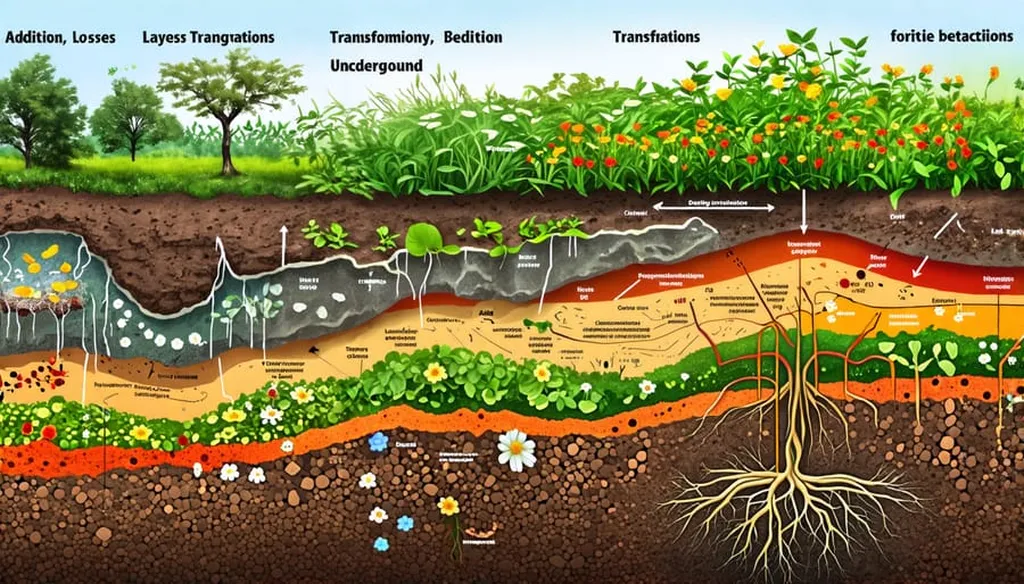In the quest to combat climate change and bolster food security, scientists are turning their attention to the ground beneath our feet. A recent study published in *Soil Advances* (translated as “Advances in Soil Science”) sheds light on the intricate dance between carbon (C) and nitrogen (N) in our soils, offering a roadmap for climate-resilient agriculture. Led by J.K. Ladha from the Department of Plant Sciences at the University of California, Davis, the research explores how managing these two essential elements could help meet global sustainability goals and the ambitious 4p1000 target, which aims to increase soil organic carbon by 0.4% per year.
The study underscores the dual role of carbon and nitrogen in both nourishing life and contributing to greenhouse gas emissions. “While carbon sequestration has been the focus of many studies, nitrogen is equally critical,” Ladha explains. “It influences both carbon sequestration and greenhouse gas emissions, making it a key player in the quest for sustainable agriculture.”
The research delves into various farming practices, from no-till farming and cover cropping to biochar application and agroforestry, highlighting their potential to co-optimize soil organic carbon (SOC) sequestration and nitrogen efficiency. No-tillage practices, for instance, have been shown to significantly enhance carbon sequestration and reduce greenhouse gas emissions compared to conventional methods.
Emerging technologies like nano-fertilizers, nitrification inhibitors, and deep-rooted crop varieties also hold promise. These innovations could revolutionize the way farmers manage their fields, boosting productivity while minimizing environmental impact. As Ladha notes, “The key lies in tailoring these practices to local settings and adopting a whole-system approach.”
The study also emphasizes the role of carbon crediting in incentivizing sustainable practices. By connecting environmental benefits with financial support, carbon crediting can help farmers adopt and sustain these practices, building climate-resilient farming systems.
The implications for the energy sector are substantial. As the world grapples with the need to reduce emissions, the agricultural sector can play a pivotal role. By adopting these sustainable practices, farmers can not only boost their yields but also contribute to the global effort to mitigate climate change.
The research suggests that the future of agriculture lies in a holistic approach that considers both carbon and nitrogen management. By doing so, we can strive towards the Sustainable Development Goals and the 4p1000 target, ensuring a more sustainable and secure future for all.
As we stand on the precipice of a climate crisis, this study offers a beacon of hope. It reminds us that the solutions to our most pressing challenges often lie in the soil beneath our feet. By harnessing the power of carbon and nitrogen, we can cultivate a more sustainable future, one field at a time.

